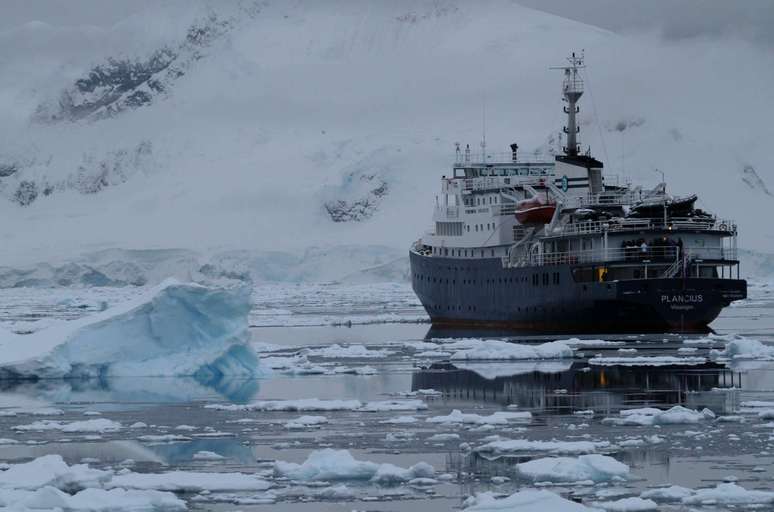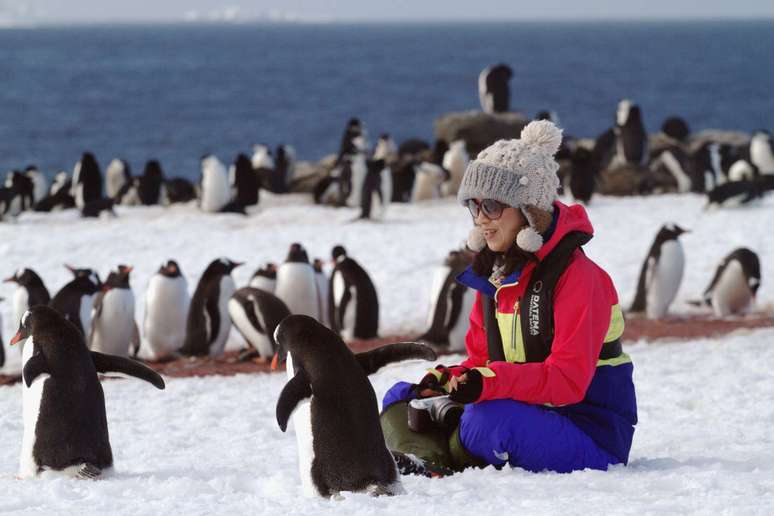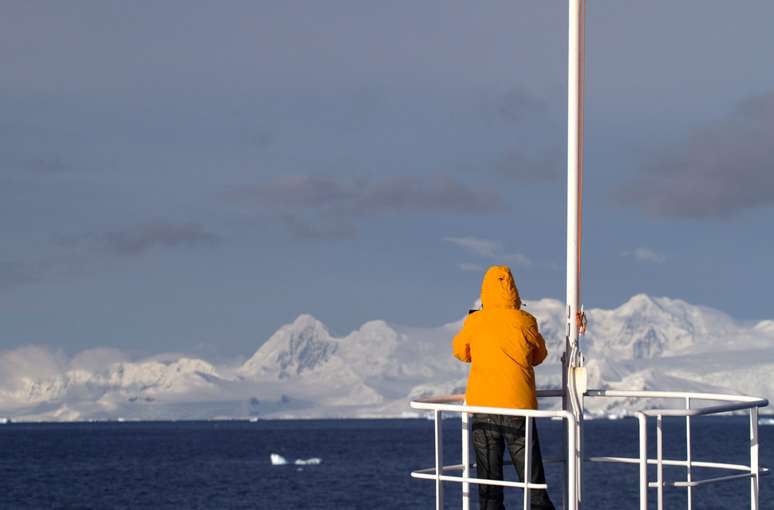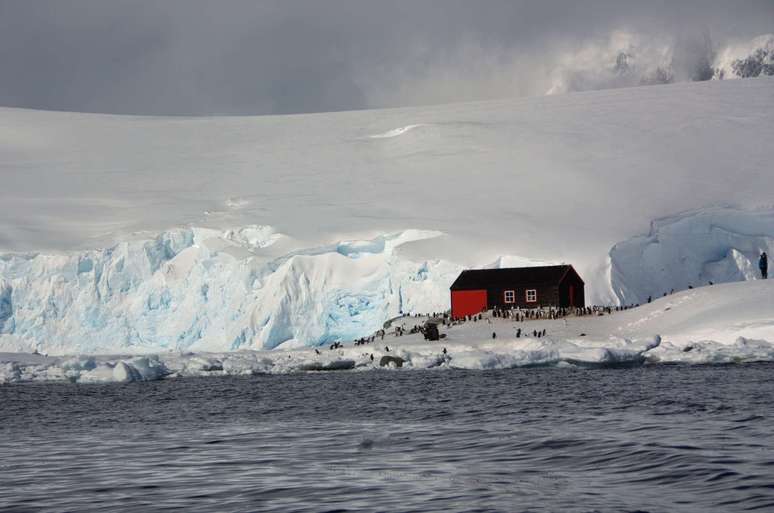Since the Antarctic Treaty was signed on December 1, 1959, the date has marked Antarctica Day, a celebration of peace, in one of the most important […]
Since the Antarctic Treaty was signed on December 1, 1959, the date has marked Antarctica Day, a celebration of peace, in one of the most inhospitable places on the planet.
Formalized in Washington and in force since June 23, 1961, the document is a commitment between countries carrying out activities on the White Continent, ensuring dialogue on its use, conservation and non-use as an object of international discord.
Among the 14 articles of the Treaty are measures such as peaceful purposes in Antarctica, which exclude military activities, nuclear explosions and the storage of radioactive waste. The document also guarantees freedom of research and international scientific cooperation, including the exchange of information on research and personnel.
As explained by Interantarcticthe Polar Sciences dissemination program of the UFABC, historically, the Antarctic region has aroused various interests (political, economic and military) such as the feared Drake Passage and the Cape Route, which “made countries wish to conserve portions of the their territory to exercise their power and sovereignty over these spaces”.
Despite the hostile scenario and the difficulties of access, Antarctica belongs to the world. Currently the Antarctic Nations are made up of 31 countries, including South Africa, Russia, New Zealand and Brazil, a consultative member since 1983.
Is it Antarctica or Antarctica?
Both names are correct.
Of Greek origin, the word Antarctica is used as the opposite of Anti-Arctic. The Latin version Antártida would be a reference to Atlantis, the legendary island of Plato’s time.
It is worth mentioning that the first is adopted by the Brazilian government, included in the PROANTAR documents, the Navy’s national program for scientific studies in the region.
WHAT IS IT LIKE TRAVELING TO ANTARCTICA?
It is not only with complex research and limitations that routine work can be carried out in Antarctica.
A thousand kilometers from Ushuaia, Argentina, the continent also has a tourist season, which usually runs from November to March, when icebreakers adapted for tourist purposes cross the so-called Drake Passage, towards the coldest continent on the planet.
It is at this same moment that the region enjoys natural light for almost 24 hours, an eternal struggle between sleep and the desire to follow the endless day outdoors.
Marked by informality, these ships have activities on board such as workshops on global warming, geology, photography and life on ice. It is no wonder that Antarctica is known as the “smartest continent in the world”, due to the high concentration of researchers.

Tourist activities vary depending on the ship and the capabilities of the passengers. Diving, for example, can only be carried out by accredited people specialized in the use of particular clothing (dry suit).
The program continues with short trips on the ice, animal observation, a visit to a frozen volcano and even wild camping outside the ship.
The Antarctic Peninsula is the northernmost part of the continent, which guarantees better climatological conditions and a greater presence of animal life, whose itinerary can be combined with relatively closer destinations such as the Falklands and South Georgia and the Sandwich Islands.
Also be prepared for all types of weather conditions, which can change within minutes, and possible route changes or cancellation of activities.
And can you see the animals up close?
Closer than you think.
With controlled entry of humans and animals who don’t seem to mind visitors coming, Antarctica is like those wildlife documentaries we thought only existed on television.
Be prepared to see, effortlessly and just a few centimeters away, seabirds, killer whales and sperm whales, seals on the ice caps and even in the camp next door, and thousands of penguins, such as chinstrap penguins and jellyfish.
Just don’t stay less than five meters away from the animals, a rule strictly followed by the guides who disembark with the passengers and who do not hesitate to draw the attention of transgressors.

What to take?
Don’t improvise with the clothes you brought on your last trip to Campos do Jordão. Antarctica is cold, yes, it requires the use of special clothing for extreme temperatures such as thermal, windproof and waterproof clothing.
During the Antarctic summer, the only time of year favorable for tourism, the temperature hovers around 0º, although the icy winds are responsible for the colder sensation.
Once on land, each disembarkation is a complex preparation process that includes the use of special boots washed with a disinfectant solution and the strict order to leave the boat. As this is a remote destination with a delicate ecosystem, it is also necessary to vacuum all clothes and utensils that will be taken out, such as clothes, camera bags and tripods.

Is it expensive to visit Antarctica?
Well yes.
For the next season it is possible to find packages without air travel, starting from 5,600 dollars, approximately R$ 27,500 per person, on a 12-night itinerary with full board and tourist activities.
However, it is not uncommon to find last minute promotions with discounts of more than 50%, weeks before departure. If you have a flexible holiday, it’s worth taking the risk and planning less in advance.
From November to April, for example, Oceanwide Expeditions (oceanwide-expeditions.com) operates ocean itineraries to Antarctica and the Arctic, between June and September.
Source: Terra
Ben Stock is a lifestyle journalist and author at Gossipify. He writes about topics such as health, wellness, travel, food and home decor. He provides practical advice and inspiration to improve well-being, keeps readers up to date with latest lifestyle news and trends, known for his engaging writing style, in-depth analysis and unique perspectives.








